Description
Ornithologia methodice digesta Pl.223 by Saverio Manetti printed on a T-Shirt
About the T-Shirt
Regular fit
Standard length, the fabric easily gives into movement
Casual wear
A classic, everyday option loved by our customers
Side-seamed
Constructed by sewing two parts together, creating a fitted look
The Unisex Staple T-Shirt feels soft and light with just the right amount of stretch. It’s comfortable and flattering for all. We can’t compliment this shirt enough–it’s one of our crowd favorites, and it’s sure to be your next favorite too!
- Solid colors are 100% Airlume combed and ring-spun cotton
- Ash color is 99% combed and ring-spun cotton, 1% polyester
- Heather colors are 52% combed and ring-spun cotton, 48% polyester
- Athletic and Black Heather are 90% combed and ring-spun cotton, 10% polyester
- Heather Prism colors are 99% combed and ring-spun cotton, 1% polyester
- Fabric weight: 4.2 oz./yd.² (142 g/m²)
- Pre-shrunk fabric
- 30 singles
- Side-seamed construction
- Tear-away label
- Shoulder-to-shoulder taping
- Blank product sourced from Nicaragua, Mexico, Honduras, or the US
Saverio Manetti (1723 – 1785)
Francesco Saverio Manetti also spelt Xaviero or Xaverio Manetti (Latinized as Franciscus Xaverius Manetti civis Florentinus) was an Italian physician, botanist and ornithologist. Among his works is the treatise on birds, Ornithologia methodice digesta or Storia naturale degli uccelli (1776). The plant genus Manettia was named in his honour by Carl Linnaeus.
Manetti was born in Brozzi to Giovanni Bernardo and Maria Teresa Nesiscolt of Prague. His early studies were in Florence and later at Pisa where he studied botany under Pier Antonio Micheli. He graduated in medicine in 1745 and worked in Florence. In 1758 he joined the National Medical College where he studied anatomy under Antonio Cocchi (1695–1758), conducting the autopsy of Cocchi. Manetti was Professor of Botany of the “Società Botanica Fiorentina”, a member of the German Academy of Sciences Leopoldina, a Fellow of the Royal Society, learned societies in Göttingen and Montpellier, an Accademico dell’Istituto di Bologna and he maintained scientific contacts with the Swedish botanist Carl Linnaeus and with the main scientific circles of the second half of the 18th century.
He was supervisor of the Orto Botanico di Firenze in Florence from 1749 to 1782 succeeding to Giovanni Targioni Tozzetti and Secretary of the Accademia dei Georgofili. With remarkable organizational effort, he secured the publication of Storia naturale degli uccelli, Natural History of the birds, a monumental work in five volumes illustrated with 600 hand-coloured engravings based on watercolor paintings. The book was commissioned by Maria Luisa, Grand duchess of Tuscany and the first volume was dedicated to Grand Duke Pietro Leopoldo. The third volume was dedicated to Ferdinando di Brobone and the fourth to Giorgio Nassau Clavering. The engravings were made by Tuscan abbot and engraver Lorenzo Lorenzi and Violante Vanni who had studied under British engraver Robert Strange. Engraving was an unusual profession for women in Florence during the period.
Manetti also took interest in agriculture and wrote a book on the varieties of wheat. He also wrote on wine and viniculture, Oenologia toscana (1773) under the pen-name of Giovanni Cosimo Villifranchi.
Manetti was honoured by the plant genus Manettia erected by Carolus Linnaeus.

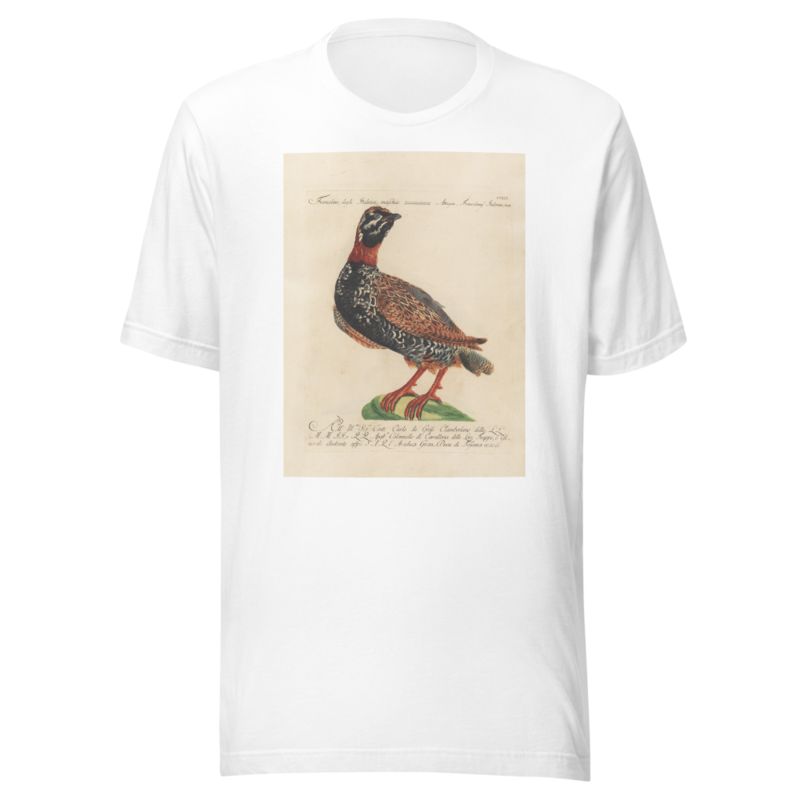
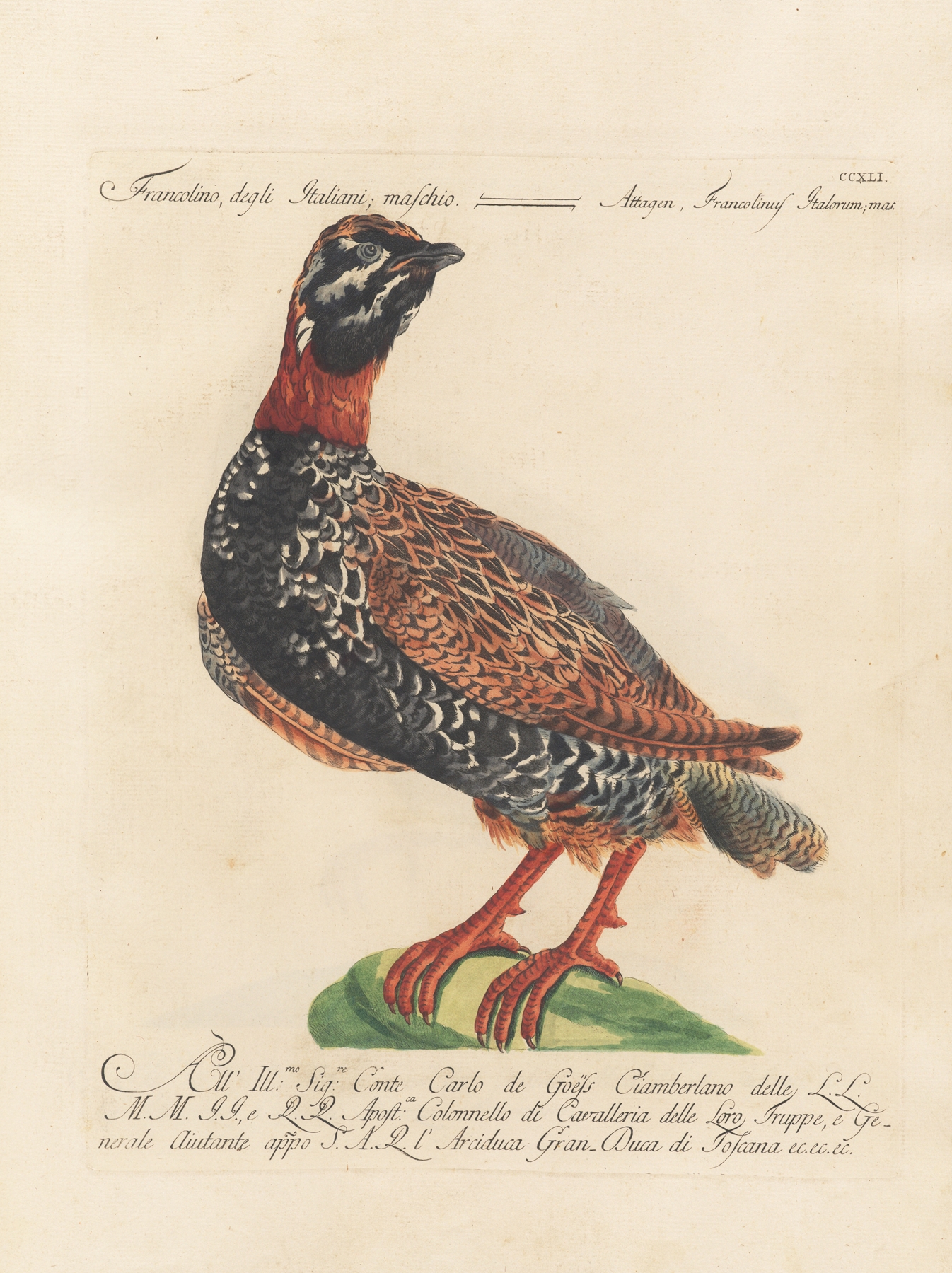
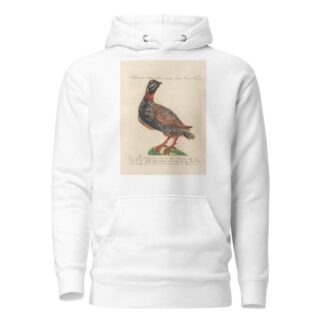
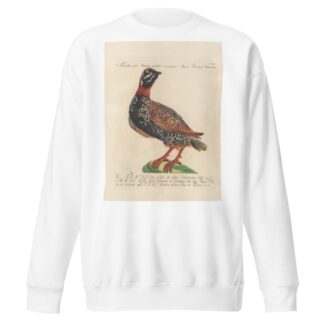
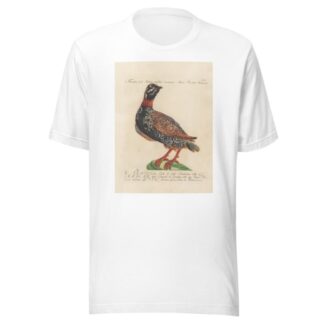
Reviews
There are no reviews yet.